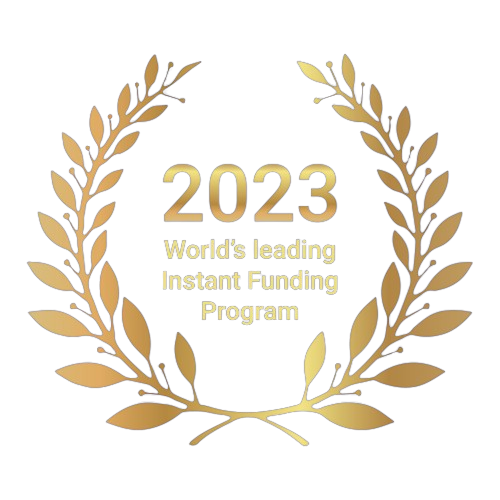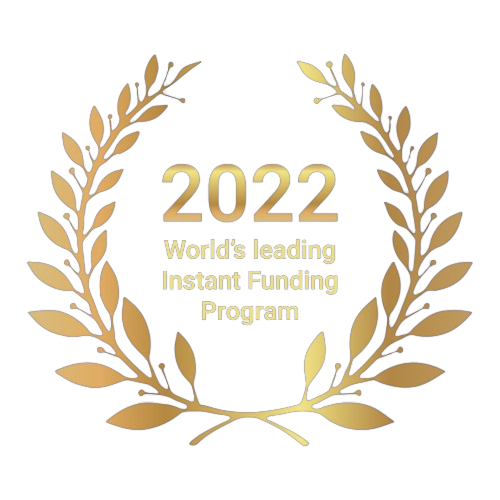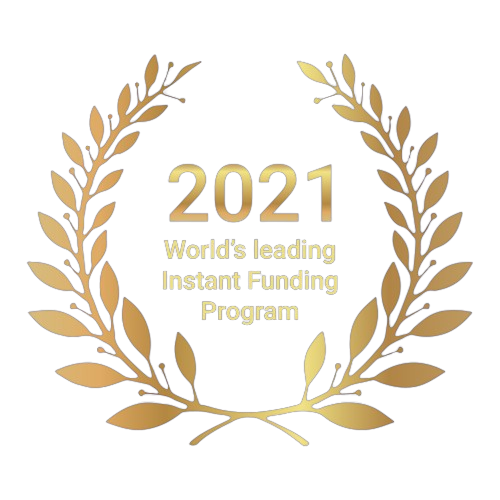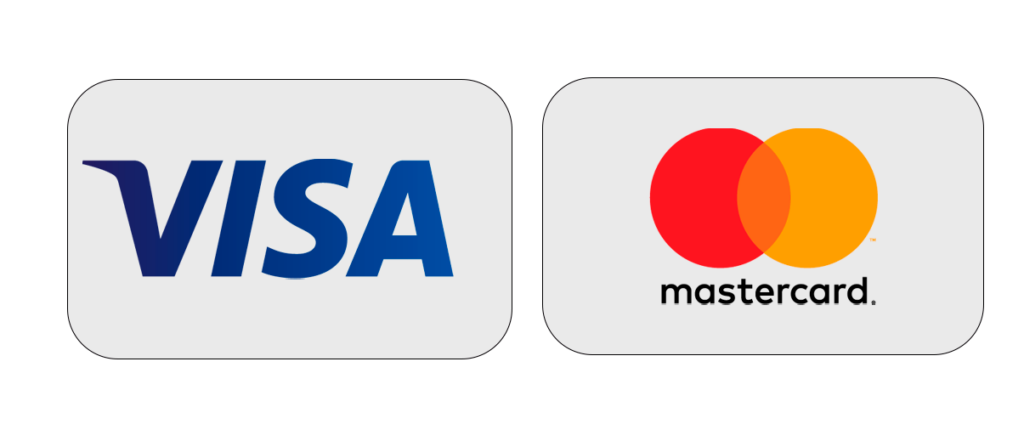What is Forex, and Why is It Important?
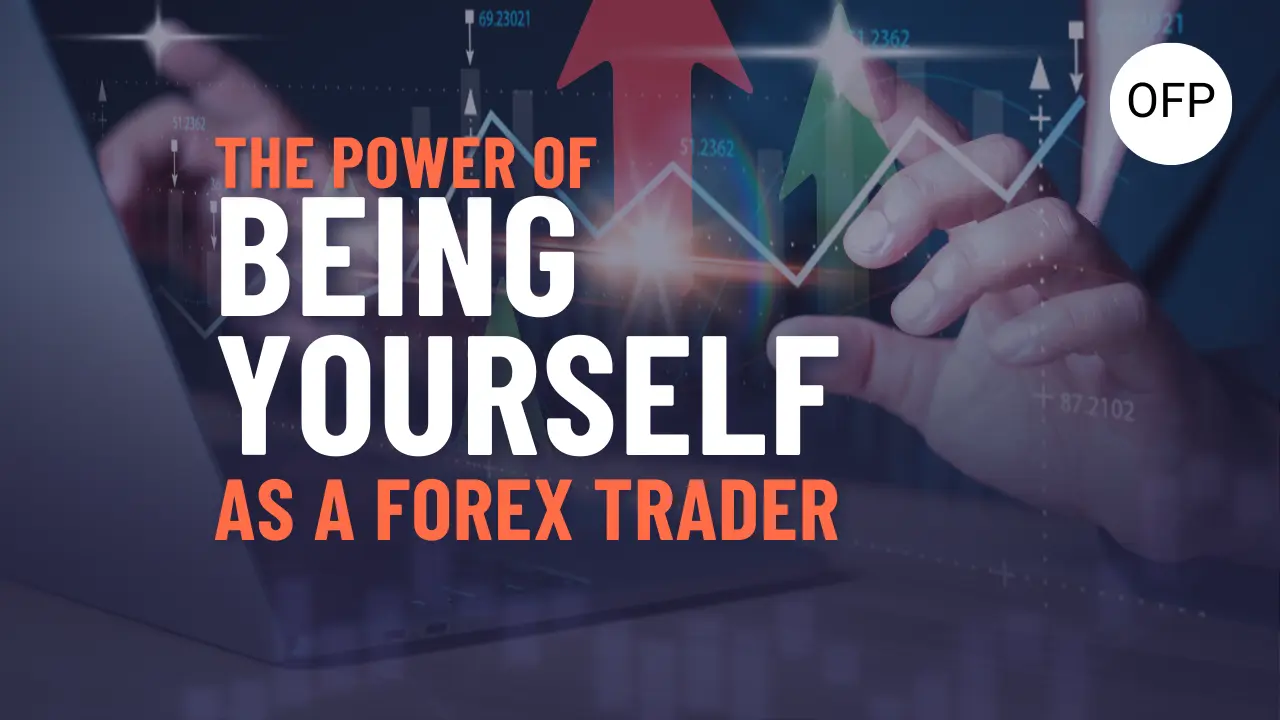
Forex, short for foreign exchange, is the process of exchanging one currency for another, and to put it shortly, in this article we’ll be referring to this process as “Forex trading”. It’s the largest and most liquid financial market in the world, where an incredible $7.5 trillion is traded daily. This market is essential for global economies, enabling governments, businesses, and individuals to conduct international transactions.
Operating 24 hours a day, five days a week, the forex market is constantly moving, creating opportunities for traders to capitalize on ever-changing exchange rates.
Table of Contents
How Does Forex Trading Work?
Forex trading revolves around currency pairs. When you trade forex, you buy one currency while simultaneously selling another, profiting from the price fluctuations between the two.
For example, if the EUR/USD exchange rate is 1.1234, this means 1 Euro equals 1.1234 US Dollars. Here:
- EUR is the base currency.
- USD is the quote currency.
The exchange rate shows how much of the quote currency (USD) is needed to buy one unit of the base currency (EUR).
A Brief History of Forex Trading
Ancient Beginnings
The concept of currency exchange dates back thousands of years to ancient civilizations like Mesopotamia, Egypt, and Greece. Early currencies included commodities such as grain, livestock, and precious metals.
The Roman and Medieval Eras
The Romans established coinage systems to facilitate trade across their vast empire. During the Middle Ages, international trade grew, leading to the emergence of early forex markets in cities like Venice and Amsterdam.
The Bretton Woods Agreement
The modern forex market began to take shape with the Bretton Woods Agreement of 1944. This system pegged major currencies to the U.S. dollar, and the dollar itself was pegged to gold. While this brought stability, it eventually collapsed due to trade imbalances and speculative pressures.
The Nixon Shock and Floating Exchange Rates
In 1971, the Nixon Shock ended the Bretton Woods system, allowing currencies to float freely. This marked the beginning of the decentralized forex market we know today.
Why is the Forex Market So Volatile?
The forex market’s volatility stems from several factors:
- Economic Data and Policies: Central bank decisions, inflation, and GDP reports can cause sharp price movements.
- Geopolitical Events: Wars, elections, and trade agreements significantly influence exchange rates.
- Speculation: Traders and investors betting on future currency values create volatility.
- Global Connectivity: Operating 24/5, the market reacts quickly to news and global events.
How to Start Forex Trading as a Beginner
1. Learn the Basics
Start by understanding forex terminology, currency pairs, trading strategies, and risk management. Use online courses, books, and videos to build your knowledge.
2. Practice with Demo Accounts
Open a demo account to simulate real trading without risking money. This is the perfect way to test strategies and understand market dynamics.
3. Understand Market Drivers
Stay informed about economic indicators, central bank policies, and global news that affect currency prices.
4. Choose the Right Platform
Select a user-friendly trading platform like cTrader and explore instant funding options with prop firms like OFP Funding.
5. Start Small
When you’re ready, trade with small amounts to minimize risk. Gradually increase your trading size as your confidence and skills grow.
Why Mindset Matters in Forex Trading
Success in forex trading requires more than just technical knowledge—it demands the right mindset. Believe in yourself, remain patient, and embrace failures as learning experiences.
Many beginners quit just before they achieve success. Don’t let fear or comparison deter you. Stay consistent, focus on your goals, and remember: trading is a journey, not a race.
Why Choose Instant Funding with OFP Funding?
OFP Funding revolutionized the prop trading industry by offering instant funding demo accounts. Instead of lengthy evaluations, you can start trading immediately with a funded account.
Key Benefits:
- Affordable access to accounts up to $200,000.
- Leverage up to 1:100 (unmatched by many competitors).
- No challenges or phases—start trading right away.
Conclusion
Forex trading offers incredible opportunities for those willing to learn, practice, and stay disciplined. The market’s volatility might seem intimidating at first, but with the right mindset and tools, anyone can succeed.
Whether you’re exploring the basics, diving into the market’s rich history, or considering instant funding with OFP Funding, the journey begins with a single step.
So, what are you waiting for? Start your forex trading journey today!

